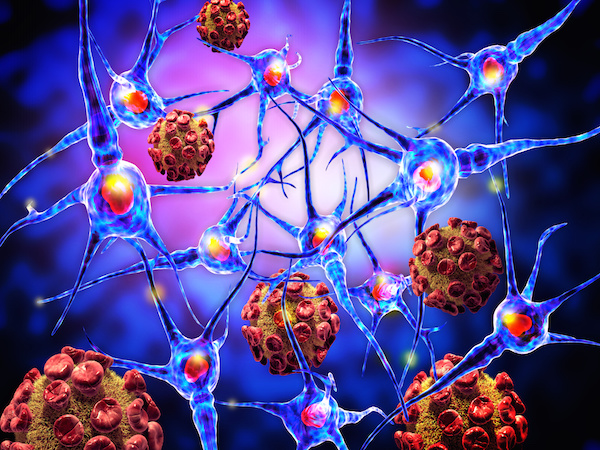
WEDNESDAY, May 25 (HealthDay News) — The symptoms and severity of autism vary widely, but new research shows remarkable similarities at the molecular level in the brains of people with the disorder.
Researchers from Los Angeles, Toronto and London analyzed post-mortem brain tissue samples from 19 people with autism and 17 without.
In the healthy brains, researchers saw distinct differences in the gene expression in the frontal lobe vs. the temporal lobe of the cerebral cortex — differences that help determine the structure and function of the two brain regions.
Specifically, between the frontal and temporal lobes in the healthy brains, more than 500 genes were expressed at different levels. Gene expression is the process by which a gene’s DNA sequence is copied into RNA to produce proteins, which perform specific tasks within the cell.
But researchers didn’t find those same patterns in autistic brains. Instead, researchers found only eight differences in the gene expression in the frontal and temporal lobes.
“In a healthy brain, the frontal and temporal lobes can be differentiated,” said principal investigator Dr. Daniel Geschwind, a distinguished professor of neurology, psychiatry and human genetics at the David Geffen School of Medicine at UCLA. “But in autism we didn’t see that. Instead, the frontal lobe closely resembles the temporal lobe.”
Many of those regional differences in the cerebral cortex are established during fetal development, researchers added.
The study is published in the May 25 online issue of Nature.
Over the past decade, researchers have discovered lots of gene variants that seem to play a role in some cases of autism, but none of the mutations were present in a large percentage of people with the disorder.
Prior research has also implicated regions of the cerebral cortex, which is highly developed in humans, in autism. The frontal lobe is involved with judgment, language, planning, social cognition and personality, while the temporal lobe is important for language and emotions, Geschwind said.
But this is the first study to show differences in the patterns of gene expression between brain regions. It’s those patterns of gene expression that enable the brain to function normally and to communicate properly with other regions of the brain, explained Robert Ring, vice president for translational research for Autism Speaks.
“This study allows us to look at the complexity of what’s going on at a molecular level in the brain, a step up from the gene,” Ring said. “Here we have the opportunity to really see that the development of normal brain physiology requires differences in the regional activity of gene networks. This report provides evidence that the expected pattern of these differences is absent in autism.”
Researchers say the findings may help in the development of medications that target the pathways. “The fact that it’s shared says there is some hope of beginning to unwind this and develop some treatments that would target those pathways,” Geschwind said.
Compared to the healthy brains, autistic brains had less activity in the genes responsible for neuron function and communication, and a heightened level of gene expression in genes involved in immune function and inflammatory response.
Some of those genes have also previously been implicated in autism, researchers noted.
An estimated one in 110 U.S. children — including one in 70 boys — has an autism spectrum disorder, according to background information in the study. Autism affects behavior and impairs the ability to communicate and establish social relationships. Diagnoses have increased tenfold in the past decade.
More information
The U.S. National Institutes of Health has more on autism.

